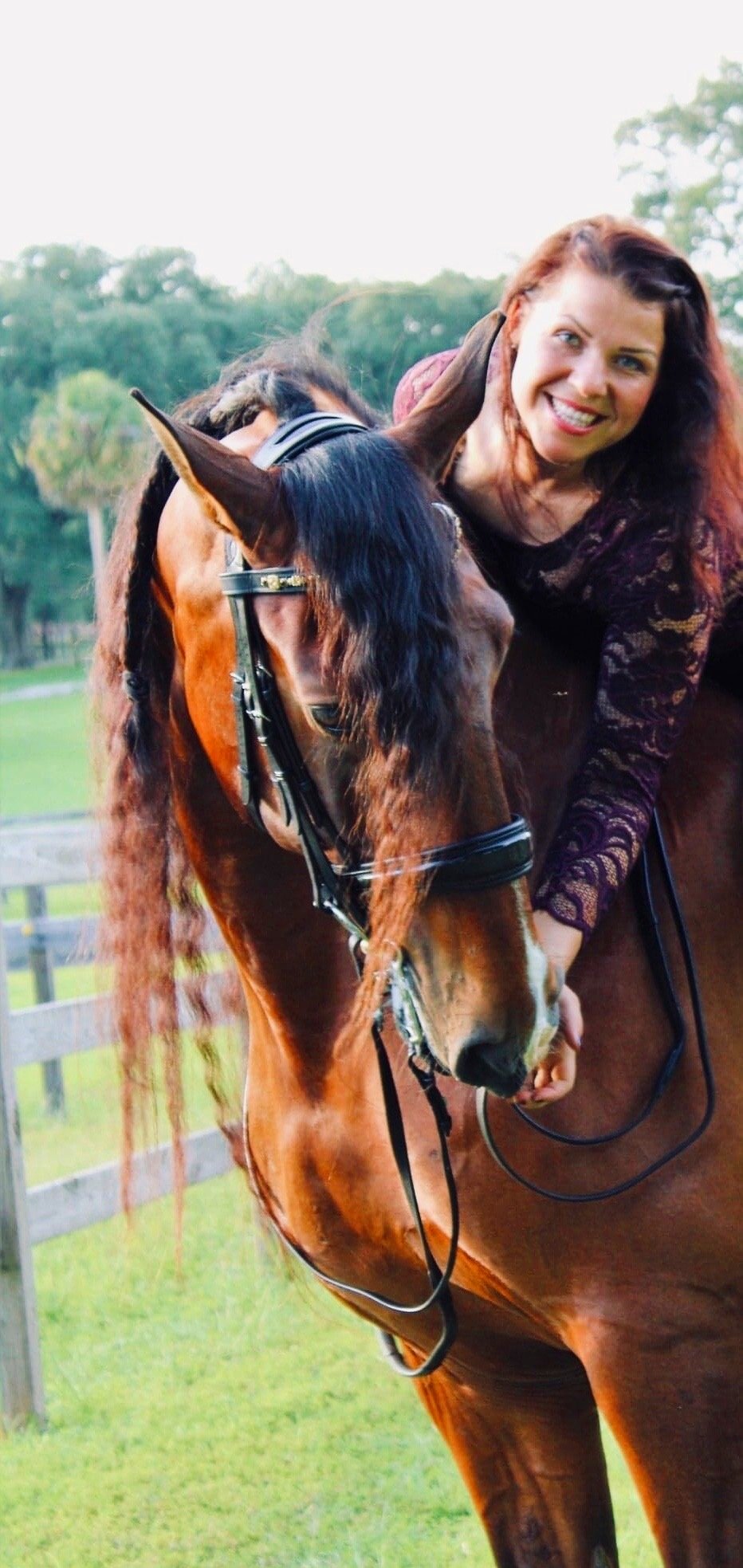Resources: Our Translated work
We share the pure form of the Riding Instruction and have the conversation nobody is having.
Prooven methods stood by time
The origin of the “Training Scale”
What does the late Major a. D Paul Stecken say:
“Bemerkungen und Zusammenhänge”
It should be recorded:
The commonly known term "training scale" with six terms was hardly known before the war - even in equestrian literature - was hardly known and had no particular meaning. It was also not appropriate because the principles of training in H.Dv. 12/37, with the indispensable expressions of Durchlässigkeit (thoroughness/permeability) and Aufrichtung (uprightness), consist of eight terms.
The so-called training scale with six terms had been carefully formulated in good lectures from around 1955 for the training of horse and rider, but was not intended to replace the eight principles of training for horse and rider in H.Dv. 12/37. After clear reference to this point, the word “ Durchlässigkeit (permeability)” was connected/linked by a bracket with the word “Paraden (halts/parades)” to the other points of the training scale in the penultimate edition of the FN guidelines in 1994. In order to be able to remain with the now familiar term "training scale" with six terms, the important term “Aufrichtung (uprightness)” should in future also be placed after the word "collection" with a slash, in order to correct an erroneous development that has arisen.
In the last 20 to 25 years, the frequent failure to address the criteria of the term collection has led to major misunderstandings and uncertainties in relativen Aufrichtung (relative collection/uprightness) among judges, trainers and riders. This fact is one of the reasons why tight necks and the accompanying faults/ symptoms have become common after the breeding has improved.
The Leg Aids
“H.Dv. 12/26, Schenkelhilfen”
The leg has the task of acting on the hind foot on the same side. The position of the lower leg determines the type of effect. The closer it is to the girth, the more the hind foot is encouraged to step forward.
The Rein Aids
“H.Dv. 12/26, Zügelhilfen”
The effects of the hands transmitted to the horse by the reins and bit. The effects of the hands are called rein aids. The rein aids are an essential means of controlling the horse, because the various actions of the hands determine not only the speed and gait, but also the direction in which the horse goes. In this sense, we refer to their entire activity as leading. Since the rein aids by their nature have a predominantly restraining effect, they must always be accompanied/joined with driving aids.
Good leading is only possible with an independent and steady seat.
The art of good leading is based on the constant preservation of the connection between the rider's hand and the horse's mouth, which is called contact ( between hand and mouth). It should result from the horse's natural aspiration to extend its neck
FAQ
Unlock the secrets of classical training with our exclusive opportunity to engage directly with the Classical Principles and Masters. We invite you to ask your question or suggest a topic you’re curious about.
Just click the Contact us tab and write to us!
